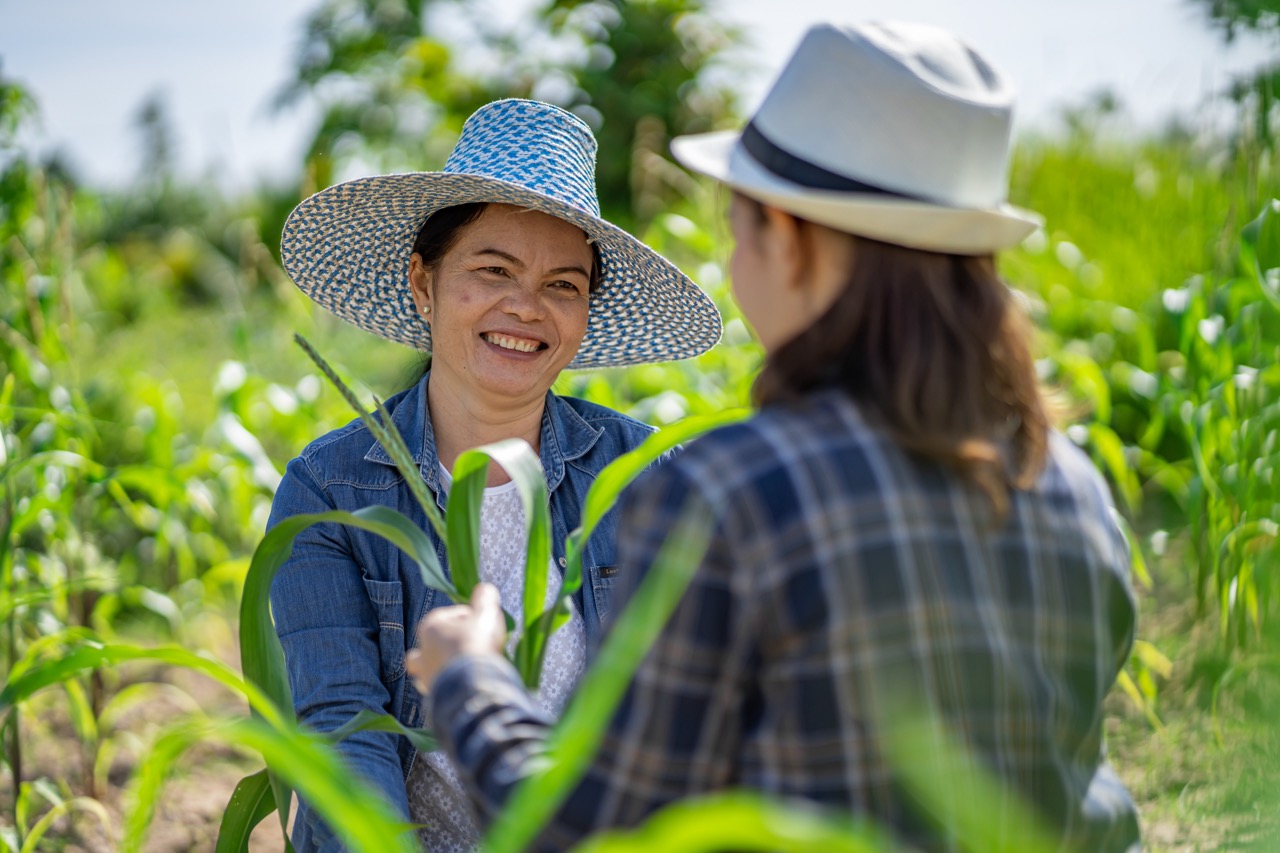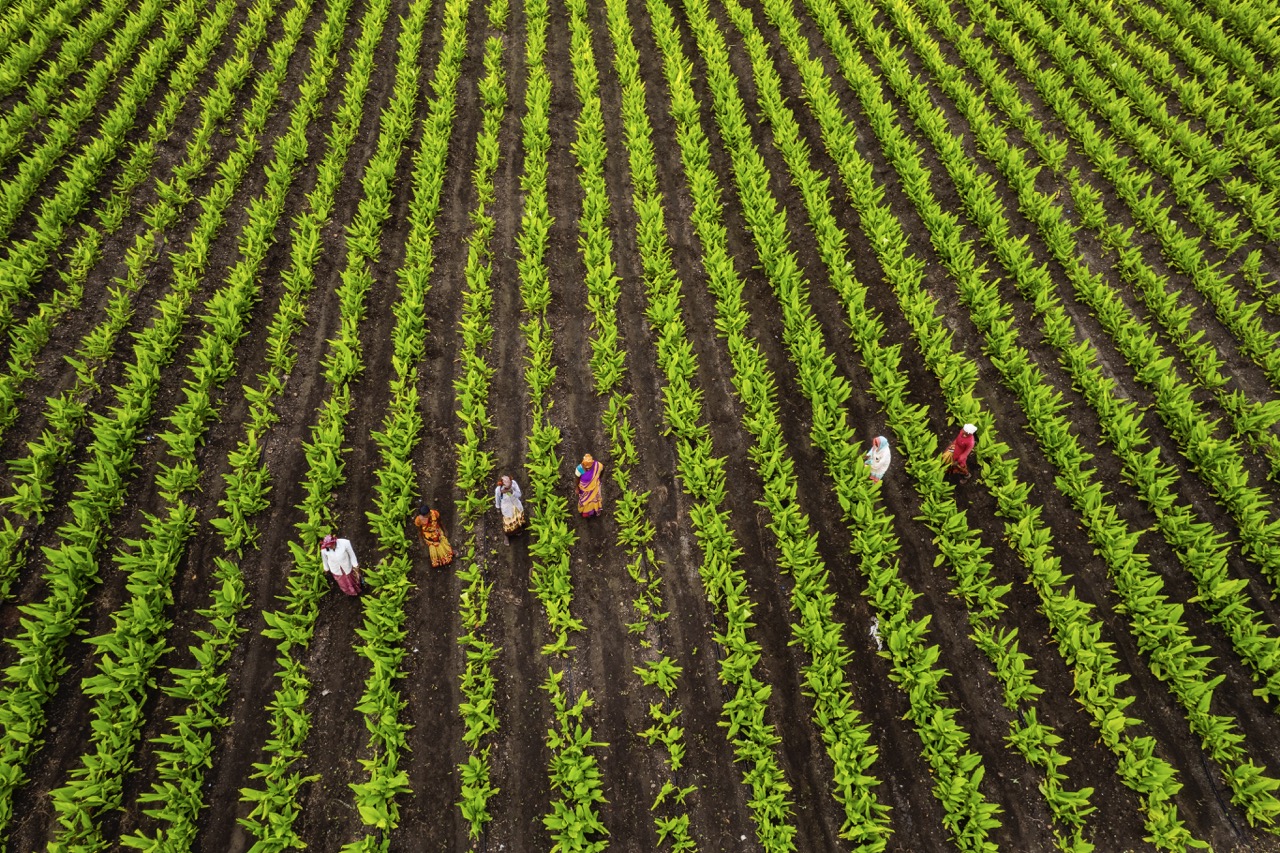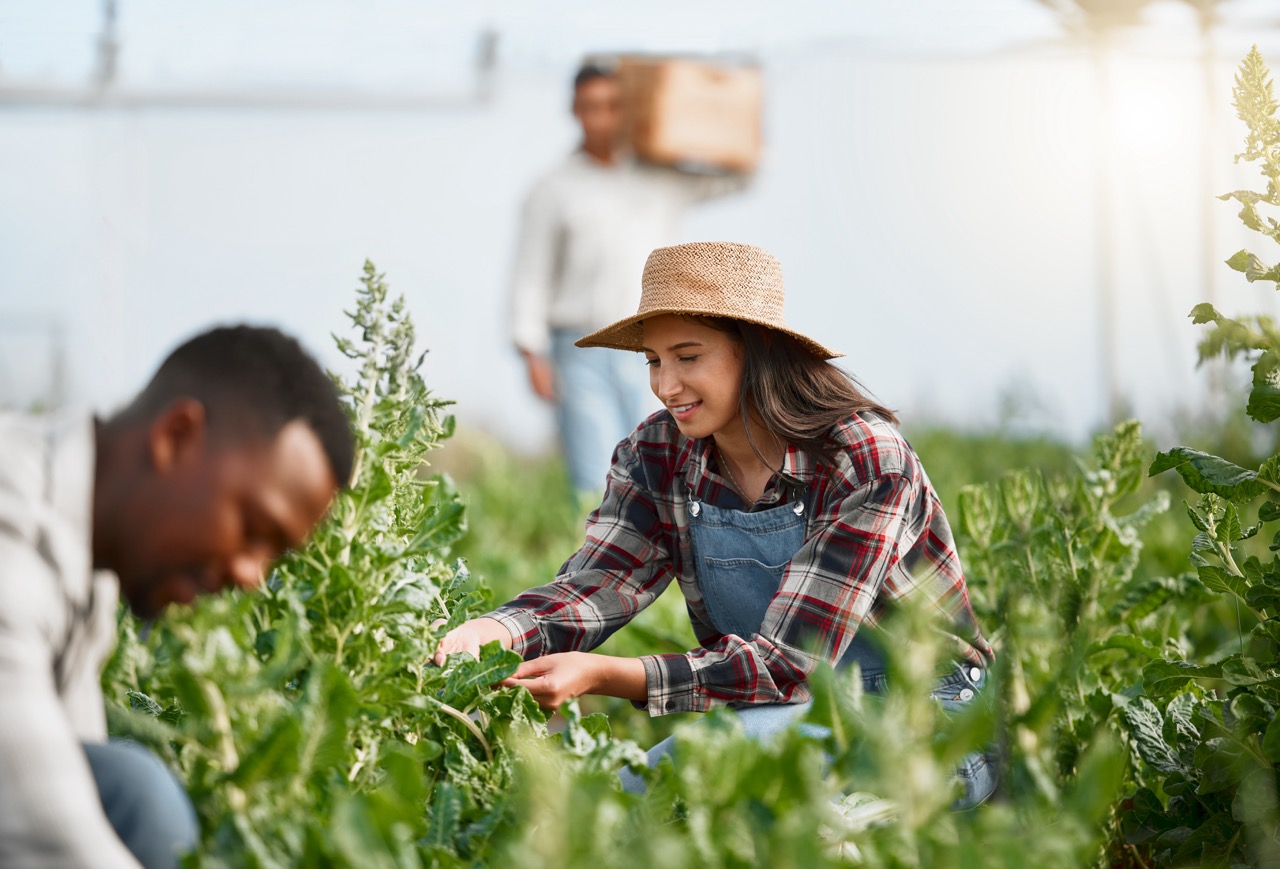In an increasingly interconnected world, global trade has reshaped economies, cultures, and industries. One of the sectors most affected by this phenomenon is agriculture. For local farmers, the implications of global trade can be profound and multifaceted. While access to international markets can provide new opportunities, it can also pose significant challenges that threaten their livelihoods and sustainability. This article explores the dual impact of global trade on local farming, examining both the benefits and the challenges faced by farmers navigating this complex landscape.
Understanding Global Trade: A Double-Edged Sword for Farmers
Global trade has revolutionized the agricultural sector by facilitating the exchange of goods, technologies, and innovations across borders. For local farmers, this increased connectivity can open doors to larger markets, allowing them to sell their produce to consumers far beyond their localities. This expanded market access can lead to higher sales volumes and revenues, ultimately improving the financial stability of farming operations. Additionally, farmers can benefit from the flow of new agricultural practices and technologies from around the world, enhancing their productivity and efficiency.
However, the advantages of global trade are accompanied by significant challenges. Local farmers often face stiff competition from imported goods that may be produced at lower costs due to economies of scale or cheaper labor in other countries. This competition can drive down prices for local produce, making it difficult for farmers to maintain their livelihoods. Furthermore, the influx of subsidized agricultural products from wealthier nations can distort local markets, undermining the ability of small-scale farmers to compete effectively.
The dual nature of global trade necessitates a strategic approach for farmers seeking to thrive in this new environment. While some may adapt by diversifying their products or focusing on niche markets that emphasize local quality and sustainability, others may struggle to remain viable. As global trade continues to evolve, understanding its impacts will be crucial for farmers and policymakers alike to devise effective strategies to safeguard local agriculture.
The Ripple Effects of Imported Goods on Local Markets
The introduction of imported agricultural products can have profound ripple effects on local markets. As foreign goods flood local grocery stores and markets, consumer preferences may shift towards cheaper imported options, leading to reduced demand for locally produced items. This shift not only threatens local farmers’ income but can also alter the cultural fabric of food consumption in a community, as traditional farming practices and local varieties may be overlooked in favor of uniform, mass-produced products.
Moreover, the economic implications extend beyond the farmers themselves. Local economies can suffer as agricultural spending shifts to imports, resulting in fewer dollars circulating within the community. Small businesses that rely on local agricultural products, such as farmers’ markets, restaurants, and food processors, may also feel the pinch. This can lead to job losses and diminished local investments, creating a cycle that further exacerbates the challenges faced by local agriculture.
In response to these pressures, some communities have initiated campaigns to promote local food systems and consumer awareness. These efforts encourage residents to prioritize locally sourced foods, which not only supports local farmers but also fosters a sense of community and cultural identity. However, the success of such initiatives often requires collaboration between farmers, consumers, and local governments to create sustainable frameworks that prioritize local agriculture amidst the complexities of global trade.
Sustainable Practices: Adapting Farming to Global Demands
To remain competitive in the face of global trade, many local farmers are turning to sustainable practices that align with both consumer preferences and market demands. Sustainable agriculture emphasizes methods that protect the environment, enhance biodiversity, and maintain soil health, all while producing high-quality food. This approach not only meets the growing consumer demand for ethically sourced products but also provides farmers with a unique selling proposition that distinguishes them from imported goods.
In addition to adopting environmentally friendly practices, farmers are increasingly utilizing technology to optimize their operations and meet global standards. Precision agriculture, for example, employs data-driven insights to improve crop yields, reduce waste, and enhance resource management. By leveraging such technologies, farmers can increase their productivity and efficiency, enabling them to compete more effectively against imported products. This adaptation not only supports their economic viability but also promotes sustainable food systems that benefit the environment.
The transition to sustainable practices, however, is not without its challenges. Many local farmers face barriers such as limited access to funding, inadequate training, and regulatory hurdles that can impede their ability to implement these changes. For sustainable agriculture to thrive in the context of global trade, it is essential for stakeholders—including governments, NGOs, and agricultural organizations—to provide the necessary support, resources, and infrastructure to facilitate this transformation. Only then can local farmers fully harness the benefits of global trade while contributing to a more sustainable future.
Balancing Global Trade and Local Agriculture for Future Growth
As global trade continues to shape the agricultural landscape, finding a balance between international markets and local farming will be crucial for future growth. Policymakers must recognize the importance of protecting local farmers while promoting trade opportunities that benefit all stakeholders. This can involve implementing fair trade practices, reducing tariffs on local products, and providing subsidies or support programs that empower small-scale farmers to compete effectively with imports.
Collaboration between local farmers, consumers, and government entities can foster a more resilient agricultural system that values both global engagement and local sustainability. Initiatives such as community-supported agriculture (CSA) and farm-to-table programs illustrate how local food systems can thrive even in the face of global competition. By encouraging consumers to support local farms, these initiatives help build a more sustainable economic model that prioritizes community welfare and environmental stewardship.
Looking forward, the future of local agriculture in the context of global trade will hinge on adaptability and innovation. Farmers who can embrace change, leverage new technologies, and engage with their communities will be better positioned to navigate the complexities of this dynamic landscape. By fostering a symbiotic relationship between global trade and local agriculture, stakeholders can promote a more sustainable and equitable food system that benefits farmers, consumers, and the environment alike.
In conclusion, the impact of global trade on local farming is a multifaceted issue that presents both opportunities and challenges. While global trade can enhance market access and drive innovation, it can also threaten the viability of local farmers and traditional agricultural practices. As communities seek to navigate this complex landscape, a collaborative approach that emphasizes sustainability, consumer awareness, and supportive policies will be essential. Ultimately, striking a balance between global engagement and local agriculture is not only vital for the future of farming but for the health and resilience of local economies and ecosystems as well.










